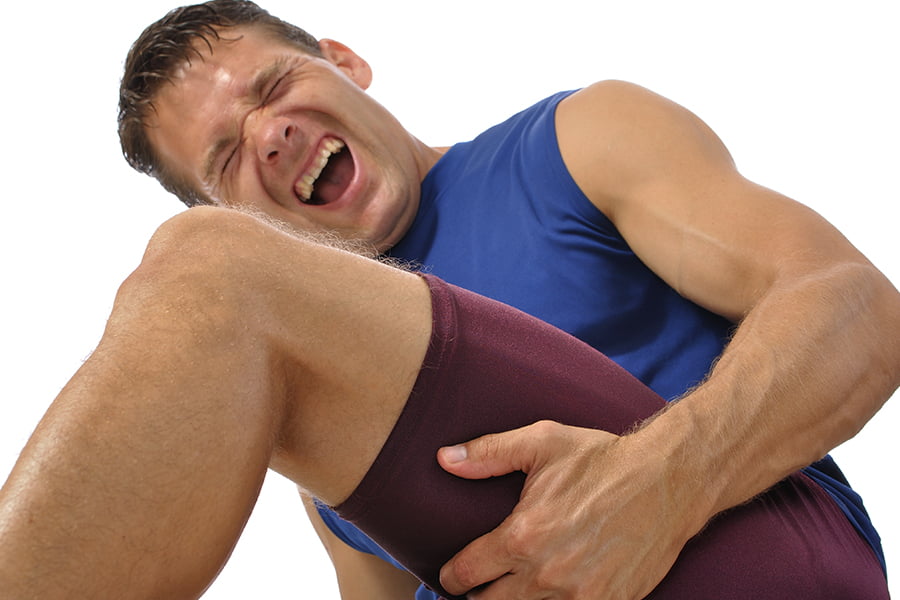
You have over 600 muscles in your body. These muscles control everything you do, from breathing to putting food in your mouth to swallowing. To move your muscles, your brain sends signals to the voluntary muscles and coordinates the movements that you want. The voluntary muscles contract as they’re being used and they become tighter. The muscles then relax when the movement is complete. When the contraction/relaxation cycles are done repeatedly, as in exercising, the fibers become stronger and the muscles get larger and stronger.
However, sometimes the muscles, or just a few fibers within the muscle, contract on their own, causing a muscle spasm or cramp. The difference between a spasm and a cramp is the force of the contraction. If it’s a quick contraction and release of muscle, without pain, it’s a spasm. If the contraction is prolonged and painful, it’s a cramp. Occasionally, cramps are so intense that you can’t use your muscle because it’s so tight and painful. Cramps can be short-lived, a minute or less, or as long as a couple of days. Because heat, dehydration, and/or lack of salt and minerals (electrolytes) are possible causes of muscle cramps, it’s important to stay hydrated, especially during these hot summer months.
For more information on this subject, call The Zehr Center for Orthopaedics at 239-596-0100 or visit www.zehrcenter.com. The information contained herein is compiled from a variety of sources. It may not be complete or timely. It does not cover all diseases, physical conditions, ailments, or treatments. The information should NOT be used in place of a visit with your healthcare provider, nor should you disregard the advice of your health care provider because of any information you read on this topic.